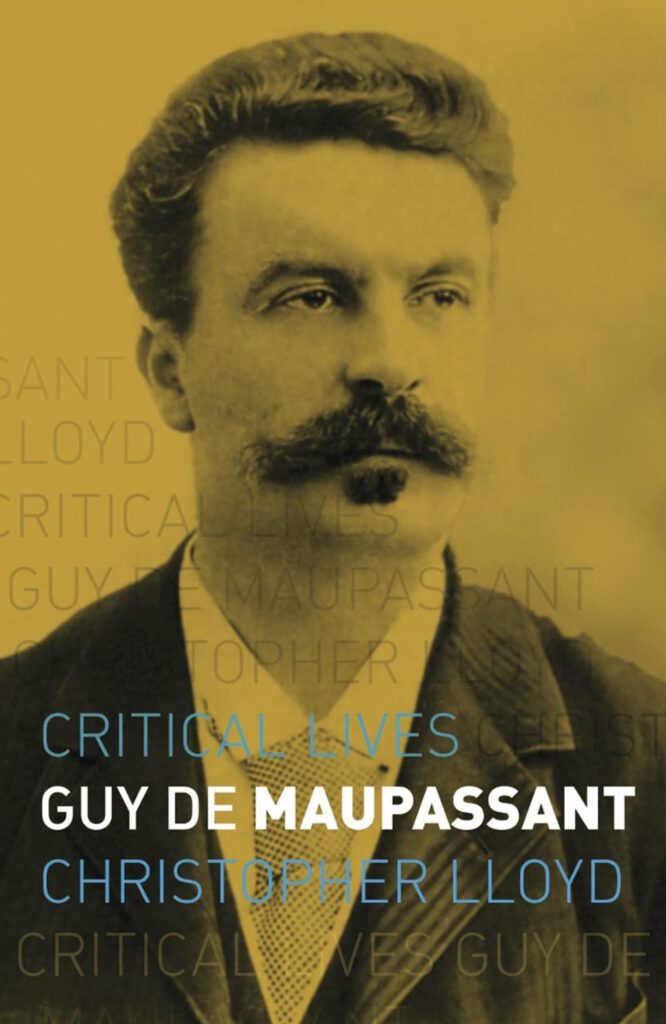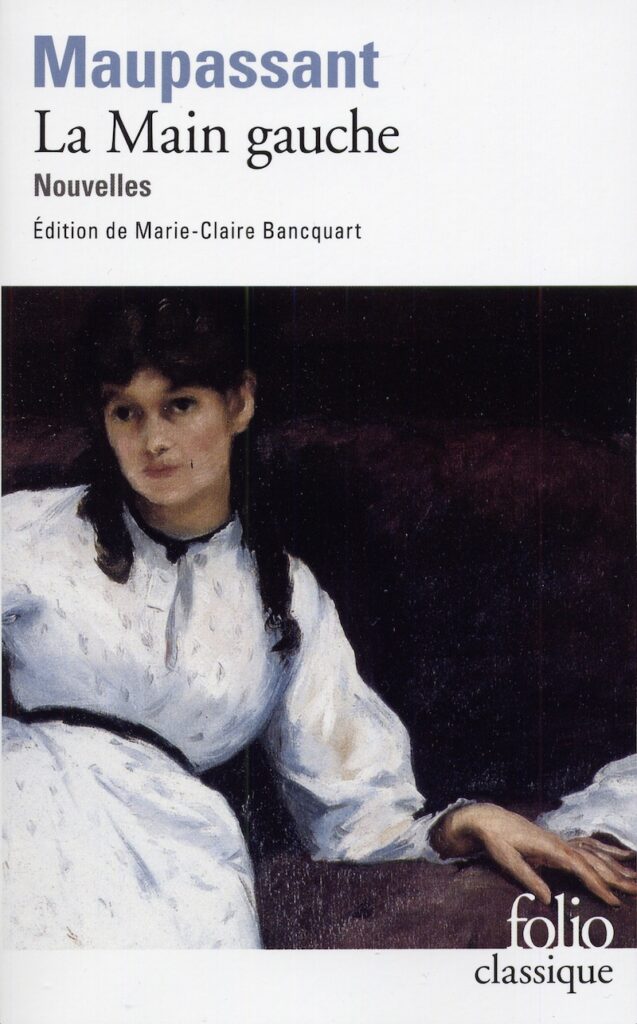This week we explore the life and work of the master of the 19th-century short story, Guy de Maupassant, in the company of his recent biographer Christopher Lloyd, who’s emeritus professor of French at Durham. (The TLS called Chris’s book ‘a crisp, witty, balanced and well-informed guide.’)
Depending on your age and background, you might have read some Maupassant at school, or maybe encountered him on a literature survey course at university. He’s much anthologized. But that has proved to be a mixed blessing. The same pieces crop up again and again, representing just a tiny fraction of his 300 short stories. In France, by some estimates, he is the best-selling classic author, thanks to continuing educational sales. So his name is well known. Many people feel they know him, without really knowing him.

As Christopher Lloyd’s book shows, most of us have barely glimpsed the full extent of Maupassant’s writing, which includes half a dozen novels as well as the short fiction, and a wide range of themes which one French edition meticulously catalogued. It included ‘devil’, ‘divorce’, ‘double’, ‘duel’, ‘strangling’, ‘fantastic’, ‘madness’, ‘drunkenness’… which maybe already gives some insight into the often dark and dangerous world Maupassant’s characters inhabit.

His life was no less fraught. Glancing back at the notes I took when reading Chris’s book, immediately under Maupassant’s dates (1850-93 – note the brevity of his life), I’ve written: ‘untreatable syphilis, failed suicide, paralysis, 18-month confinement’.
However, on the line below that: ‘but energy, vitality’, with the word ‘vitality’ underlined.
Those are some of the aspects of Maupassant’s life and work we discussed. Later in the interview, Chris gives his own recommendations of where to start with reading Maupassant, but when we spoke on the phone recently, I began by asking Chris to take us back to 1850 and describe the milieu into which Guy de Maupassant was born.
